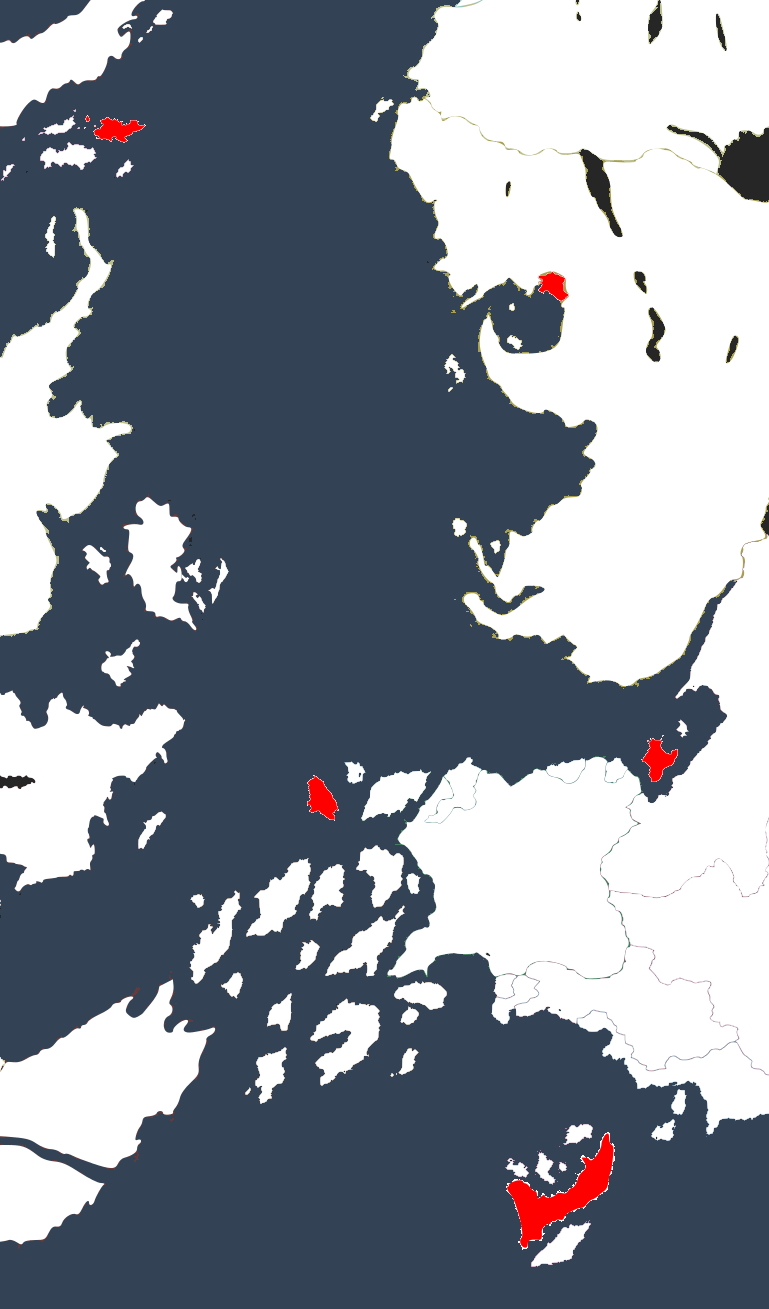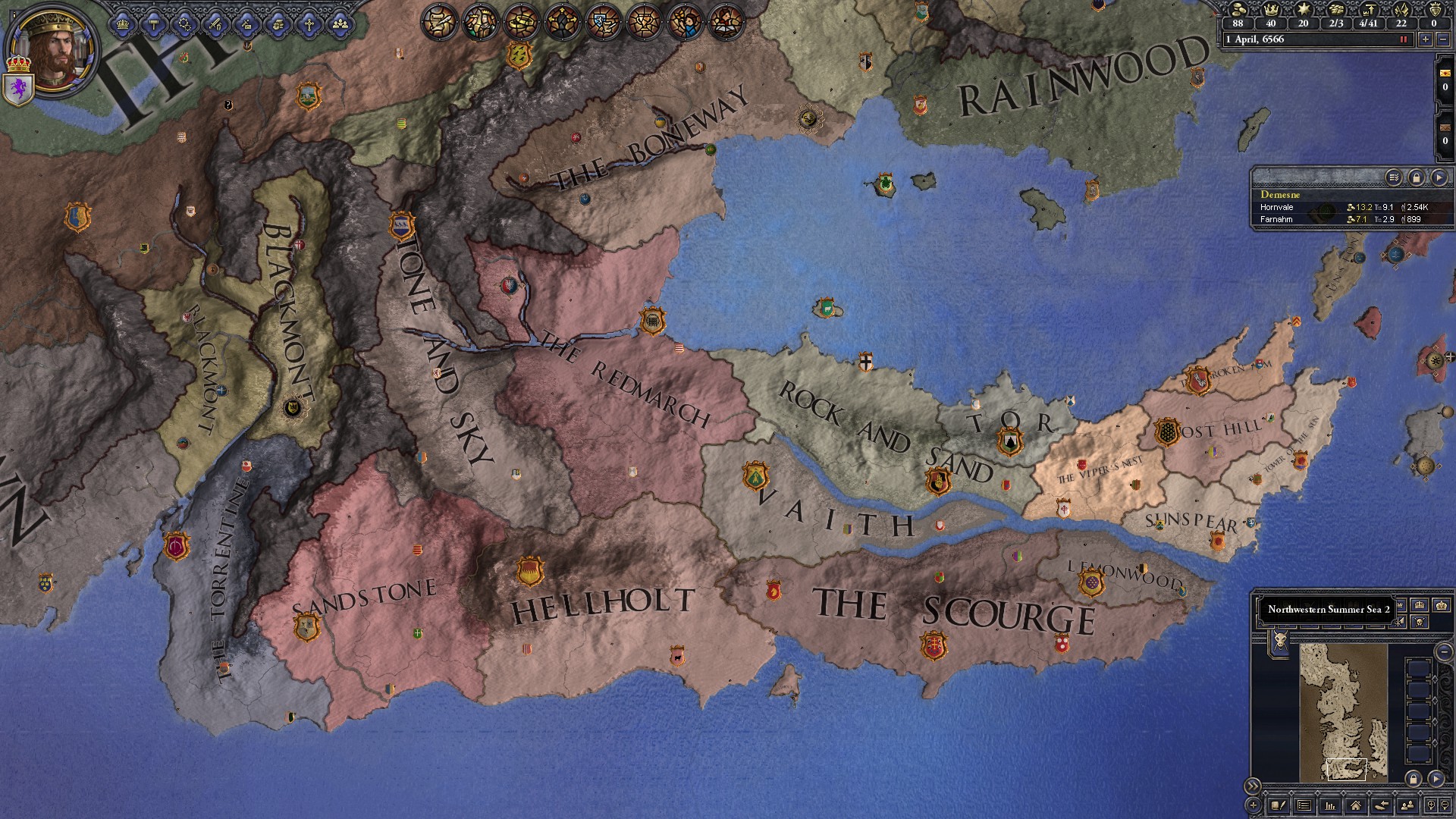

Among the titles that Aegon received when crowned King of the Andals, the Rhoynar, and the First Men in the Starry Sept in Oldtown, however, was " Lord of the Seven Kingdoms". Additionally, the term omitted the island "kingdom" of Dragonstone, which was ruled by the sovereign Lords of Dragonstone from House Targaryen, and the lands beyond the Wall.Īegon I Targaryen and his sisters, Visenya and Rhaenys Targaryen, conquered only six of the seven kingdoms, consolidating them under the rule of House Targaryen and the Iron Throne.

Harren Hoare, King of the Isles and the RiversĪlthough the term refers to seven kingdoms, Dorne was ruled by by a princess instead of a king. The term "Seven Kingdoms" derives from the situation in Westeros just prior to Aegon's Conquest three centuries ago, when most of the continent had been consolidated under the rule of seven great monarchs: Throughout thousands of years of history, the continent of Westeros was often divided amongst a multitude of monarchs and realms, including the so-called Age of the Hundred Kingdoms.

King of the Andals, the Rhoynar, and the First Men The north, the Iron Islands, the riverlands, the Vale of Arryn, the westerlands, the crownlands, the Reach, the stormlands, and Dorne. The provinces of the Seven Kingdoms after Aegon's Conquest, from top-left to bottom-right:


 0 kommentar(er)
0 kommentar(er)
